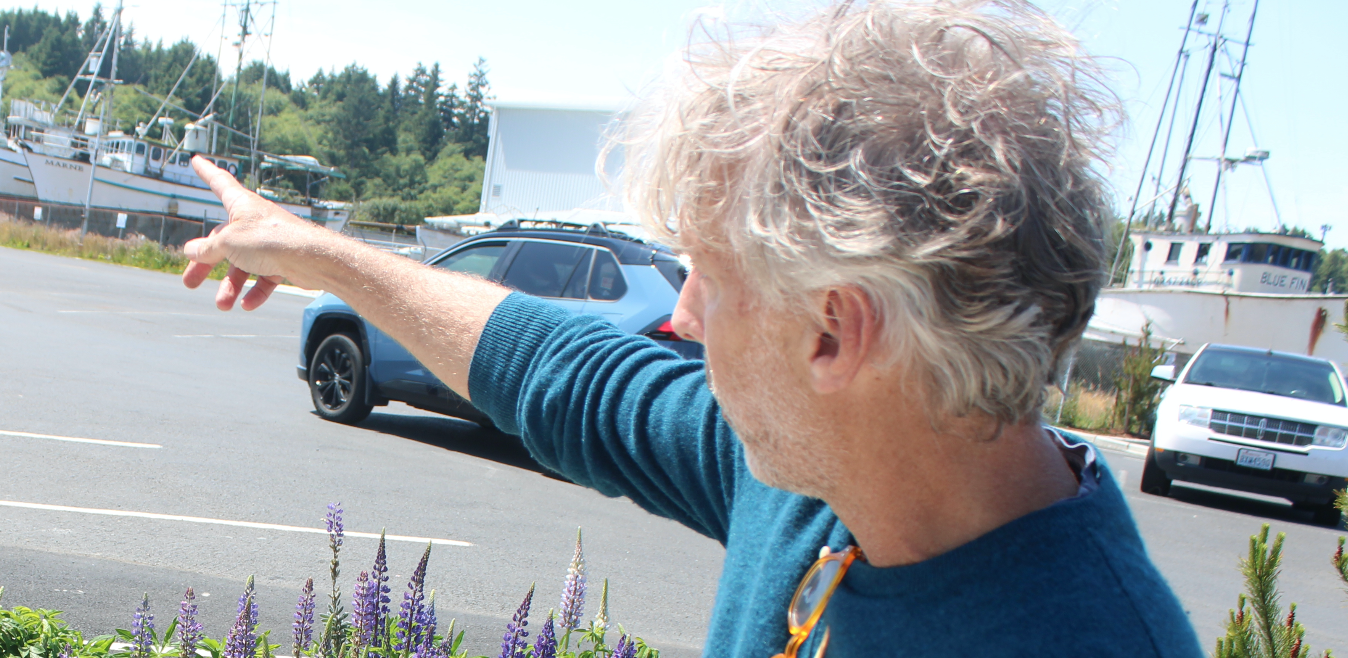Letter: Pickling isn’t an option for Willapa’s tough spartina flats
Published 5:00 pm Tuesday, September 4, 2007
The tit for tat letters to the editor about spartina make interesting reading, but they are not the place to develop scientific solutions about the complex science of invasive species management and impacts, environmental toxicology, pharmacokinetics and pharmacodynamics and estuarine ecology. These issues as they relate to spartina are and have been debated in numerous scientific meetings and referred journal articles.
Simplifying the issue into polemic jabs of “spartina bad-herbicides good” or “spartina good-pesticides bad” is just plain silly.
I don’t think Dr. Porter’s claims regarding EPA/pesticide company conspiracy theories deserves comment, but his suggestion that we switch to vinegar for spartina control does illustrate why home gardening pest management solutions don’t often translate well to the large-scale problems. My research and that of many others on topical vinegar applications is gaining support as a valid knockdown herbicide for suppression of young annual weeds, however it does little to control well-established deep-rooted perennial weeds. This requires a soil-based treatment that essentially pickles the root system.
For spartina, best control has been achieved with a soil drench of 5 percent solution of acetic acid (full-strength household vinegar). To saturate the approximate 1,000 to 2,000 acres of remaining spartina in the bay to a rooting depth of 2 feet, with 5 percent acetic acid would required about one billion gallons of vinegar. This doesn’t even account for the tidal dilution that occurs twice a day that would make getting that concentration of vinegar into the root zone somewhat problematic.
It doesn’t take an expert in environmental toxicology to determine that a billion gallons of vinegar in Willapa Bay might make for some mighty fine pickled oyster, but does little for being a viable solution to eradicating spartina.
DR. Kim Patten
Professor WSU






